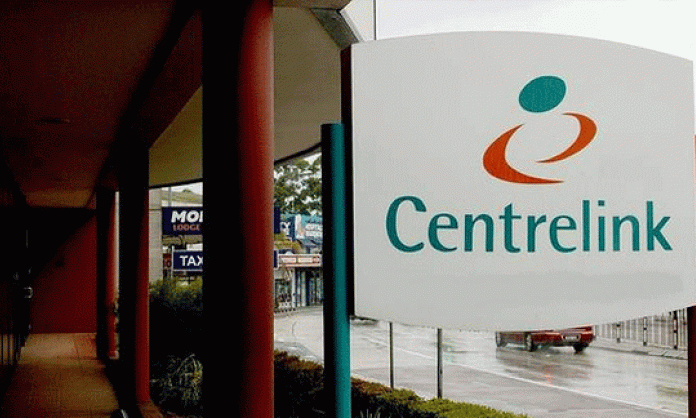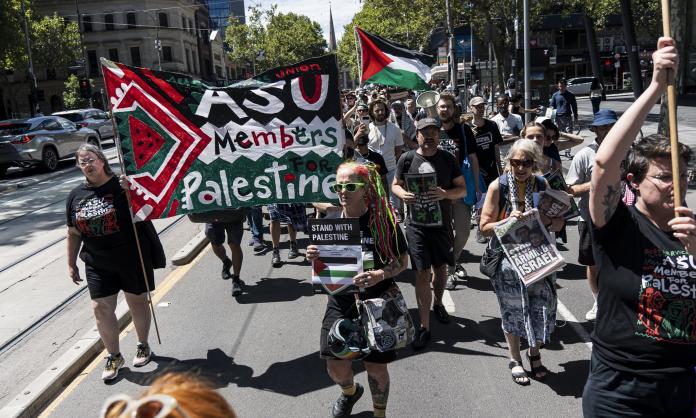Tony Abbott signalled his “tough love” for young unemployed workers as early as 2010, telling mining magnates he could solve their labour shortage and “entice the unemployed to head west” by cutting everyone under 30 off the dole.
One boss enthused, “I thought to myself: here is a guy who thinks outside the square.”
Now in government, Abbott and treasurer Joe Hockey have unveiled a horror scenario. Young workers won’t get the dole for six months, then after six months of payments, if they can’t find either a job or a training/study course, they’ll be cut off for another six months.
No money, no help whatsoever – though the government has budgeted for “emergency funding” for those utterly desperate.
What’s worse is that they’ll still have to look for work for the entire time they’re not getting payments.
Some will be forced to join the government’s work-for-the-dole scheme. There they’ll learn important lessons about “dressing appropriately” and “turning up for work on time”, while receiving a below poverty level payment (the dole).
Meanwhile, the government will get them doing work that it should be funding and employing fully trained workers for – aged care, care of people with disabilities, work on conservation projects and the like.
Young workers face rising unemployment, crippling university or TAFE fees and lifelong debt, Medicare co-payments, increasingly unaffordable housing and more. And the rate of incarceration, often a function of unemployment, is going up.
Abbott’s solution, as economics writer Leith van Onselen of MacroBusiness said, is “tantamount to kicking Australia’s youth while they are already down … a fundamental betrayal of the government’s duty of care”.
Some figures about the dire situation facing young workers, even without the government’s attack on welfare, are worth checking out.
Both unemployment and underemployment are hitting 15-24 year olds the hardest – more than 13 percent of youth are unemployed and 16 percent underemployed. In the last six years, overall youth employment has fallen by 6 percent in trend terms, despite the strong population growth over this time. The number with a full time job is down by an incredible 17 percent.
The percentage of youth employed is 11 percent below where it was in August 2008. Young, single-parent families, already hard hit, many driven off payments altogether, are now facing even greater hardship and poverty.
Social researcher Scott Burrows explains that the impact of underemployment is evident in the levels of “precarious work, those stuck on fixed-term casual contracts with not enough work and with no leave entitlements, no holiday or sick leave, no job certainty, no career development pathways and no way out”.
Not to mention the government’s open-slather approach for 457 visas, a supposedly short term solution to skills shortages. They are being used to employ workers at lower wages and conditions and undermine unions.
Abbott’s contempt for the unemployed is longstanding. Visiting an employment office in 1996, he sidled up to one worker to ask how she coped with and got jobs for “young people with green hair and nose rings”. He didn’t even stop for the answer, turning away abruptly as the worker tried to explain the issues one young person was facing and how desperately she was looking for work.
Those government employment offices have since been shut down. The unemployed are today a source of profit for the privatised employment agencies.
Sally Young, now associate professor at Melbourne University, was that employment office worker, and she has a few more words for Tony Abbott and his Coalition partners. Abbott’s attempt to demonise young workers and make them personally responsible for their situation, she argues, is “malevolently simplistic”. There just aren’t enough jobs for all those wanting work.
Says van Onselen, “We now have a government that sees inequality as an objective to be met, not a challenge to be overcome.”











